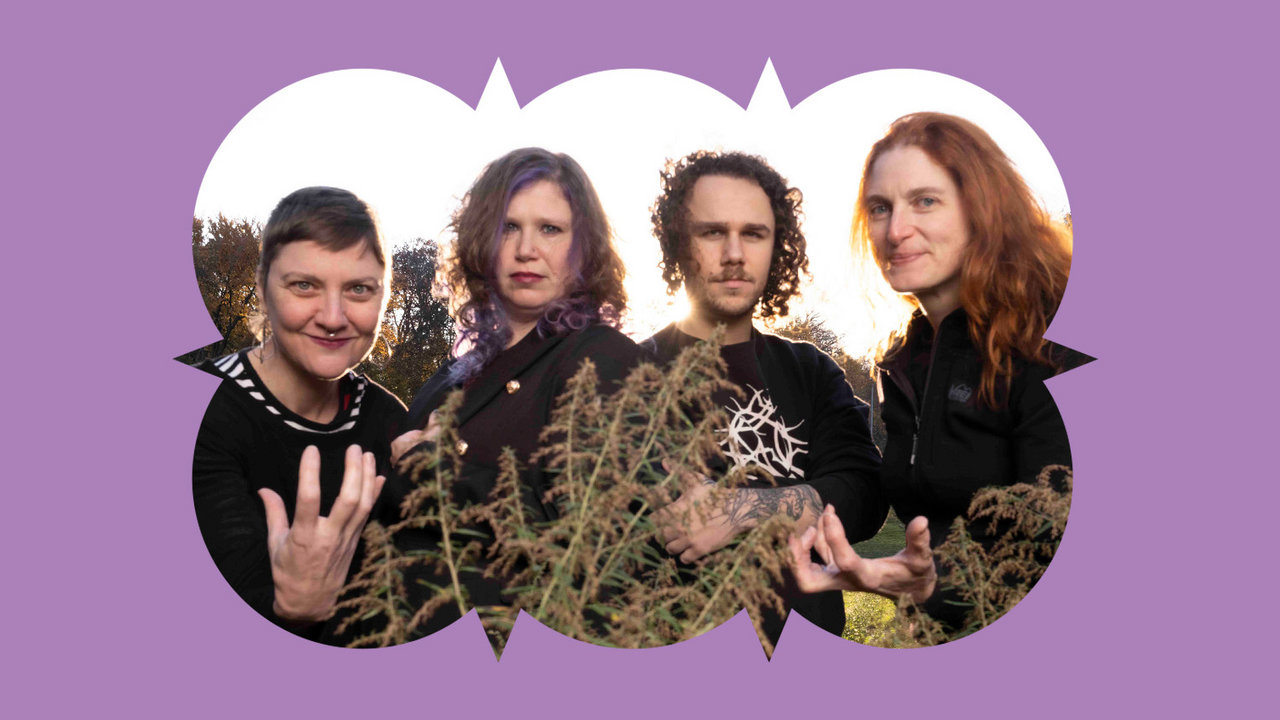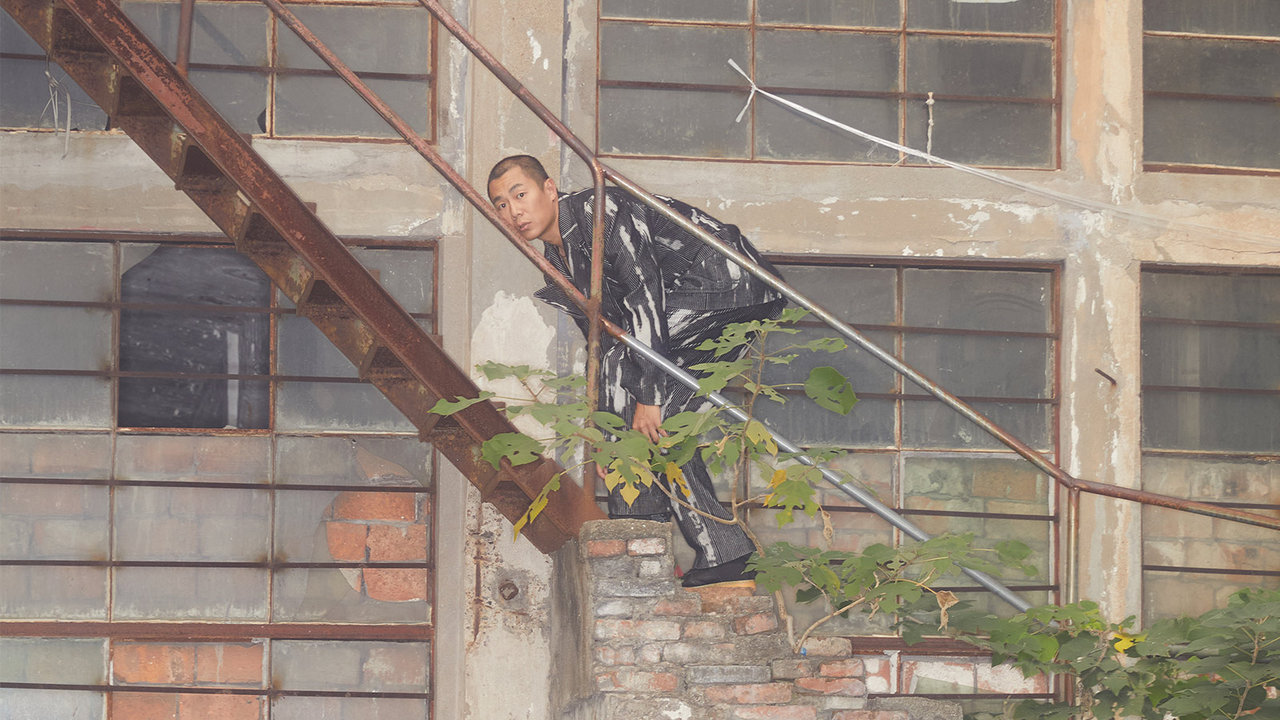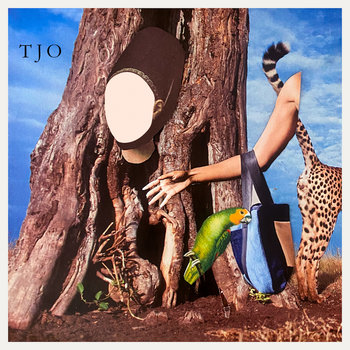
A small, post-industrial city nestled on a valley’s river, Glasgow, Scotland, labors under a number of shadows. Literally the “dear green place” in Gaelic, Glasgow emerged in the ’80s and ’90s from the collapse of its shipbuilding industry into a swirling vortex of creativity, radicalism, and, yes, soaring rents.
But head out beyond the grimy city center, and you’ll encounter lush community gardens, former social housing under reconstruction in the Gorbals area, and various destination streets west, south, and east at the epicenter of gentrification. There are swathes of old shipyard land overgrown and teeming with wildlife; dilapidated warehouses either sprout weeds growing into trees or, increasingly, house art galleries and renovated housing.
Its industrial heritage isn’t the only shadow cast over today’s artists and musicians. Academic institutions The Glasgow School Of Art and Glasgow University loom large over much of the city’s music and art scene, with alumni and escapees having a hand in any number of legendary groups (Life Without Buildings, The Blue Nile, Golden Teacher, Belle & Sebastian). Most pertinently, the weight of the indie legacy left by Orange Juice, Postcard Records, and later groups like Teenage Fanclub sometimes feels inescapable.
Increasingly, however, the weight is lifting. While still-thriving stalwarts like Mogwai and The Pastels are still supportive in different ways to the community that birthed them, and long-standing club Optimo continues fueling dance music cross-pollination, Glasgow is at its most fertile and exciting when it escapes the legacy of its forebears and forges alternative futures influenced—but not determined—by them. There’s an engaged radicalism permeating much of the city’s music that manifests in its small-run tape labels, party starters, DIY gig promoters, and organizers. The Glasgow these folk embody is the city of the Kenmure Street Protests, of illegal fundraiser raves, a highly active and politicized queer community—generator gigs rather than Postcard Records or Screamadelica. Perhaps in contrast to the Splash club era or the nebulous late ’90s post-rock movement, there’s no unified scene here: it feels fragmented, autonomous and vital.
Everything has its time and place: these six tape-focused labels are here and now.
GLARC
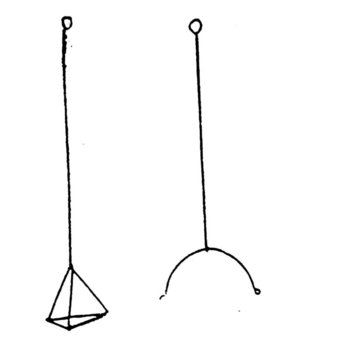

Cassette


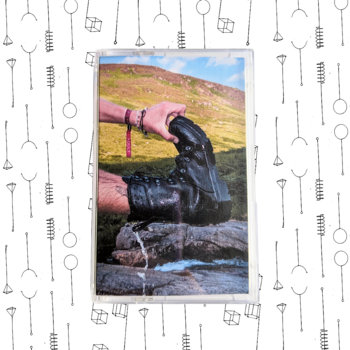
GLARC—that’s Greater Lanarkshire Auricular Research Council, thank you very much—work in a gray area between dadaist sonic excursion, auditory realignment therapy, and earnest, radical socialist ideology. In theory, it could appear alienating or—shudder—academic, but in practice these are sounds by real people for anyone who wants to listen.
The collective engages playfully with the very concept of production and physicality: each cassette comes with a conceptualized packaging that raises guffaws or eye-rolls or both. On Subway 121, we’re invited on a psycho-geographical drift through the city’s underground trains, the result being part field recording, part anti-authoritarian protest, part noise performance. The original cassette was packaged with a pre-paid ticket (invalid now, of course) for the buyer to use on their own drift soundtracked by the journey documented here. On han’s The Institute of Ecoterrorism, Hannah “Boosterhooch” Read—herself a party organizer under the Events Research Program bracket—imagines the titular organization through the means of deconstructed industrial and synth pop sludge. The tape comes encased in a toxic-looking hard resin that needs to be cracked to be accessed.
Elsewhere, GLARC have been essential in documenting the awkward and inspired Glasgow underground: the deconstructed chamber song of Still House Plants, avant-provocateur Max Syed-Tollan’s Horse Whisperer or, more recently, the surrealist, modern reconstituting of folk traditions by Fantasy Land.
Heavenly Creatures


Ostensibly the one-woman project of Aberdonian-turned-Glaswegian Lauren Thomson, Heavenly Creatures couldn’t be more different, sonically at least, to GLARC. If GLARC’s focus is on specificity and examination, Heavenly Creatures’ output chronicles the universalities of heartache, getting by, friendship, and solidarity. Taking inspiration from late ’90s Midwestern emo, early 2000s Scottish groups like Frightened Rabbit, and DIY ideologies from the ’80s onwards, you could argue there’s a cohesive “Heavenly Creatures” sound. It’s there in Quitter’s Pavement-esque take on earnest chest thumpers or Flesh Tape’s Sorry Year, which takes great pleasure in wallowing in crunchy guitar power play and doomed songwriting, like Red House Painters getting fried by distortion pedals. Many of the artists here hail from all over, often resulting in music that sounds miles away from the G-postcodes the tapes are duped in. Shot through every release is an open-hearted earnestness that’s refreshing and, in a way, very un-Glasgow. Who would have thought that emo could be alive and weeping in this small, rainy-as-wet-hell corner of the planet?
Northern Unrest


Hardcore, punk, and metal in Glasgow has a checkered history. In the late ’90s, a febrile hardcore scene circulated around the likes of Shank, Glasgow Music Collective, and the 13th Note while more recently, a surging death metal revival has been spearheaded by Coffin Mulch (who are technically Kilmarnock, but that’s beside the point.) Northern Unrest, on the other hand, have steadily been building and documenting a scene of hardcore kids who weren’t born when their forebears were playing squats and shitholes, and that feels right. The bands here are raging hardcore-thrash-crossover-infested kids that have been incubated in the surging rents of the city. Hellbound possess a killer riff machine beaten down by throat-ripping vocals, but listen to Bodyweb’s destruction of metal and you can’t escape the Deftones/emo influence. The label highlight is probably Disenlightenment by Mourning, who fuse screamo elements with black metal, death, hardcore, and a relentless appreciation of dark atmospherics that bleed black from the speakers. Like all DIY collectives worth their weight in tape, Northern Unrest have been instrumental in organizing gigs and fests locally, culminating in the climactic Northern Unfest this year, which brought international bands like Mindforce and Pest Control to a 100-year-old community center. This crew, like everyone else documented here, offers an optimistic, engaged vision of what their city could be.
Akashic Records
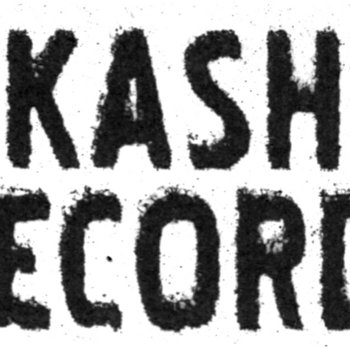
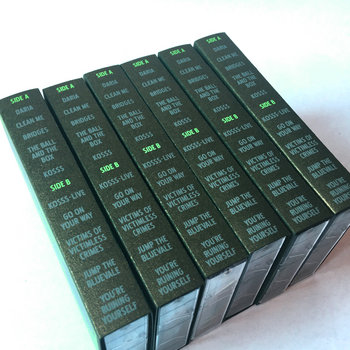




Cassette




With a beautiful visual aesthetic, Akashic releases carry a curatorial vigor that makes each one a precious artifact. Oliver Pitt cut his teeth in legendary group Golden Teacher, whose spiraling musical directions, ensemble membership, and self-mythologizing mystique made them something of a central Scotland Sun Ra (the group are documented on Akashic in their raw, early form on the GDDB cassette) but here on his own label his focus is even wider than his group’s influences. Each release has exquisite artwork hand-screened by Pitt, often designed by him too, while the music on each is its own universe. Like the city’s scene in general, there’s no unifying theme with Akashic releases except that each release is surprising and enriching. The mysterious Wormhook crafts a subterranean musical language that hoovers up spoken word, ghostly keyboard sojourns, and recordings so intimate you feel like you’re eavesdropping on a seance. Semay Wu’s tape expands the idioms of her chosen instrument, the cello, into whole conversations featuring toys, various electronics, and what sounds like a contact mic rifling her cutlery drawer. Chaos finds thrilling release on Kübler Ross‘s 2020 cassette, probably one of the most on-repeat releases from the label around these parts. A monster made of DAF Body Music and dadaist industrial groove workouts, swirling at the center is the hypnotic vocal performances of artist Katie Shannon, whose menacing presence only heightens the ecstasy. To chuck an Akashic cassette into the deck is to embark on a journey you’ve never been on before.
Somewhere Press


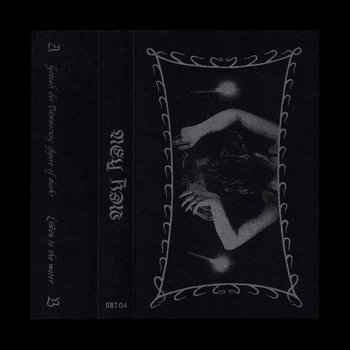


Cassette



The newest imprint here but already something of a beloved cult label, curators Lizzie Urquhart and Tim Dalzell’s Somewhere Press have been peeling back the curtain on a whole international scene of musicians reveling in blurred emotion teased behind gauze. Somewhere Press have an auteur-like vision and aesthetic: each release, though distinct, feels connected to the other, like cresting waves on the same ocean. The curation constantly teases this idea of interconnectivity: recent compilation The Blue Hour surveys 10 artists working with space, tendrils of long-decaying, reverberating sounds, and drones that feel like they’re permeating everything—each artist unique but of the same soundworld. The comp works as a mission statement but delve deeper in the catalog to find Man Rei’s stunning Health showering shimmering reverb waterfalls into a sea of space and submerged feeling. Partly recorded in a cathedral, Aliyah Enyo’s vocals feel lost in emptiness, syllables and vowels criss-crossing around the architecture before being re-worked in the womb-like environment of the omnipresent Green Door studio. But their most recent release, Glasgow-based NEYs self-titled, is their boldest yet. The three-piece infuse ritualistic rhythm patterns with Coil-esque eldritch atmosphere, long passages of dissipating vocals from singer Lisa Fabian filtering into the void, and whole minutes of bowed strings and darkness drifting into ephemerality. Somewhere Press paint this feeling on everything they do: a preternatural, uncanny humanity that feels everywhere and nowhere at the same time. It’s a feeling disseminated, spread thin, elusive but present.

